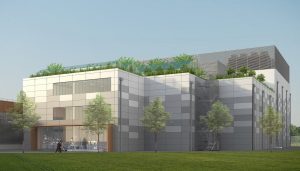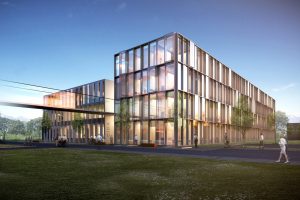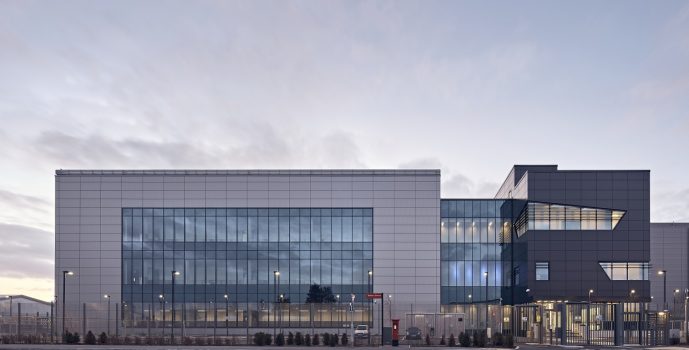For many of our clients, the idea of a data center being ‘mission critical’ isn’t a new concept. However, it’s one which has been brought into incredibly sharp focus in the past 18 months.
And, although a ‘mission critical’ operation, system, or facility may sound fairly straightforward – for example, something which is crucial to the overall operations of a business or process – any data center manager worth their salt will tell you there’s far more to it than that.
Consider the smooth running of tech businesses, laboratories, hospitals, military infrastructure, and police communications as a mere starting point – and we soon start to understand how just a moment of ‘down time’ can have huge implications.

Why do we need mission-critical data centers?
As the world continues to shift to a more digitised way of doing things, mission-critical computing exists to provide secure, reliable, and scalable processing environments that support organisations’ everyday functions.
Think back to June 2021 when Fastly went down for mere minutes. Disruption to the cloud computing provider was estimated to have had such a knock-on effect that the cost to global retailers was around $1bn – which isn’t hard to compute, given Amazon is estimated to earn $950,000 every sixty seconds.
Whether accessed by staff or the end-user, the failure of such a pivotal ‘support system’ can cause significant financial and reputational damage to a brand if they fail – particularly in retail, personal finance, and travel.
And, in the case of healthcare, government, border security, and military systems, if they go down, they may also have an impact on national security.

So, what about the construction of these critical hubs?
If we’re relying on data centers to keep the world moving, we should therefore build them with a view to last, remain efficient, and be adaptable to changing requirements – particularly through the use of modular design.
Increasingly, such sites are designed and built with sustainability in mind – and as an expert in all-things-data-centre, our co-founder, Adrian Brewin has been invited to contribute to many articles around the potential to protect the future of such constructions.
Over the years, we’ve seen several solutions around heat recovery – suppling waste heat to nearby businesses, local housing, or greenhouses – and water management using local farms or even atop the data centers themselves.
Photovoltaic panels on the roof or above parking areas, innovative ventilation systems which are designed to cool computers for most of the year – rather than permanent use of air conditioning – and switching from lead acid gel batteries to lithium ion are all great places to start.
One key area is how mission critical hubs, that require very high security, interact with the local community. They are often large buildings so that they are efficient, and can provide significant local employment both directly and indirectly – so understanding that social impact in the short and longer term, is key to the success of the project.
Having worked on projects for the likes of Global Switch, Equinix, Digital Realty, Telecity, Sodearif, and Bouygues Energy Services, we’re proud to be one of the leading architectural practices in France recognised for our experience in the design and construction of data centers, and you can find out more about our expertise, here.
In case you missed it, here’s Alex Reid’s take on ‘all-things-data centers’ as part of a weekly segment, titled ‘Things in the City’ for a major French public radio channel.
Copyright © Photographs Jérôme Epaillard








